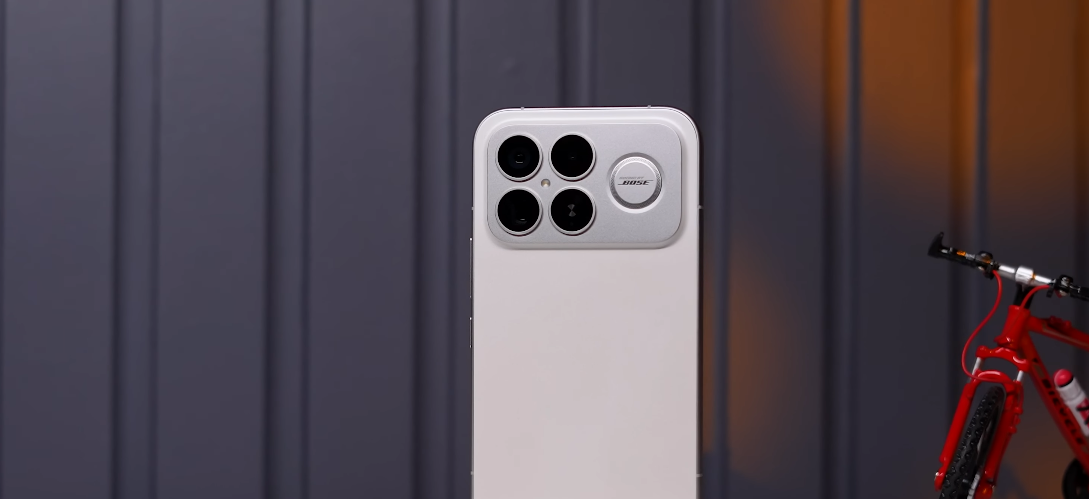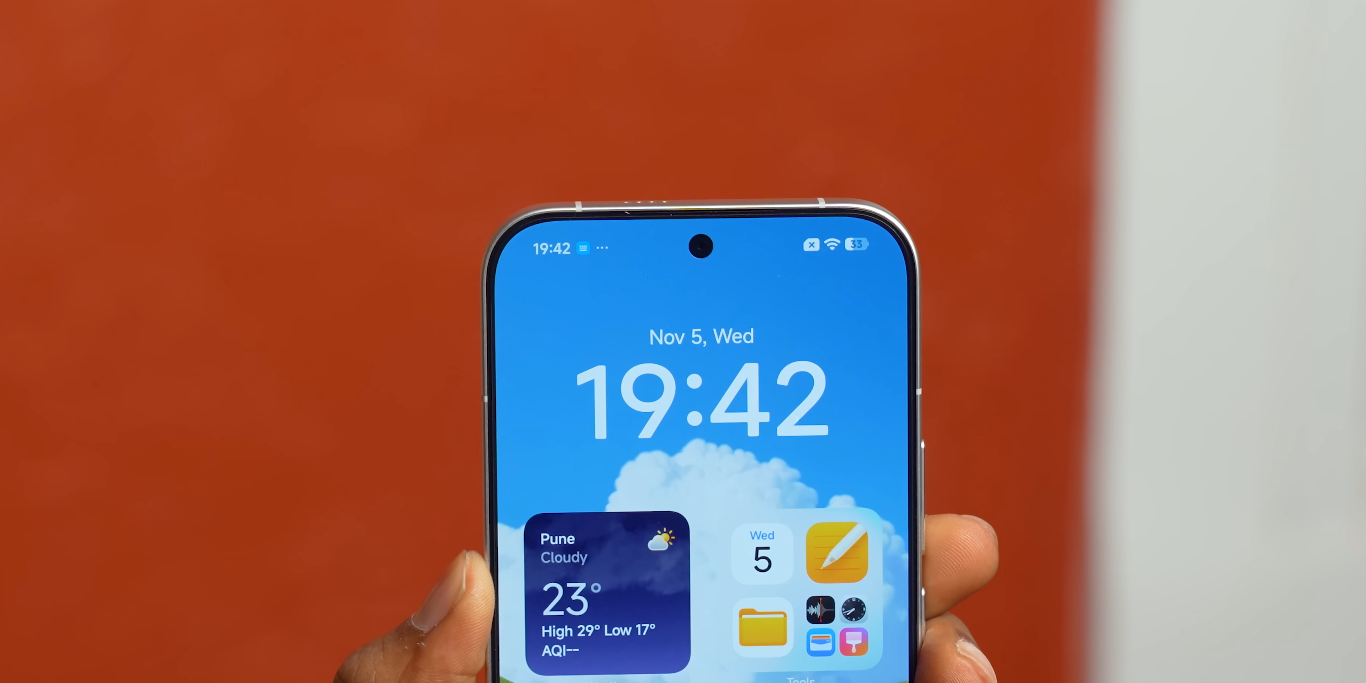POCO F8 Pro screen quality vs OLED rivals: colour accuracy & brightness

How the Display Stacks Up Against Leading OLED Competitors
The POCO F8 Pro has entered the market with considerable attention on its display, a component that has become a defining factor in premium and upper-mid-range smartphones. With OLED technology now common across competitors, buyers are increasingly focused on brightness, colour tuning and overall visual performance. First-week impressions and official specifications provide enough detail to understand how the F8 Pro compares with leading OLED rivals and whether it lives up to early expectations.
Early users have praised the F8 Pro’s panel for its strong visual clarity and brightness. Reports indicate that the display reaches exceptionally high peak brightness levels, helping it remain readable outdoors and improving the viewing of HDR content. This puts the F8 Pro in the same performance bracket as several high-end OLED phones, even though it sits in a more affordable category. The high refresh rate contributes to a smooth user experience, particularly for gaming or fast-scrolling applications.
Colour accuracy is another area where the display is performing well based on early feedback. Users note that colours appear balanced rather than overly saturated, offering a more natural look in photos, apps and video playback. This is important because some mid-range devices tend to push colours too far to create artificial vibrancy. The F8 Pro’s approach aligns more closely with rivals that prioritise accurate and consistent colour presentation across different brightness levels.

Competing OLED devices in the flagship space often deliver exceptional calibration, higher sustained brightness and advantages in areas such as anti-reflection coatings. These refinements make a noticeable difference in direct sunlight or high-contrast environments. While the F8 Pro’s peak brightness is strong, the absolute performance under extended outdoor conditions is still something that long-term testing will reveal. Nevertheless, the early numbers suggest it holds its own against more expensive competitors.
The inclusion of HDR support further enhances the F8 Pro’s appeal. Users have reported strong dynamic range when viewing compatible content, with deep blacks and controlled highlights characteristic of a quality OLED panel. This makes streaming and gaming more immersive, especially when combined with the device’s high resolution. Rivals with higher-tier OLED technology may still edge ahead in HDR brightness precision, but the gap appears narrower than one might expect at this price point.
Brightness performance has been a key talking point. With competitor devices pushing above 2,000 or even 3,000 nits in peak scenarios, the F8 Pro’s capability makes it competitive in the current landscape. For users in regions with strong sunlight, such as parts of the UK during summer or areas in India year-round, this ensures better visibility when outdoors. The device seems well suited for those who frequently use navigation apps or take photos in bright daylight.
OLED rivals from brands like Samsung and Google may retain certain advantages in colour calibration and long-term panel consistency. These differences often emerge over extended use, where premium devices tend to maintain uniformity and brightness more effectively over time. However, the F8 Pro’s performance so far suggests that most users will find its display more than adequate, offering a high-quality experience that aligns closely with what flagship phones provide.
User impressions emphasise that motion handling is one of the standout strengths of the F8 Pro’s screen. The high refresh rate contributes to fluid transitions, smoother animations and a sensation of responsiveness that enhances daily tasks. Competing OLED displays in the flagship tier may employ additional optimisation, but for the majority of buyers the difference is subtle rather than dramatic.
When comparing raw panel specifications, the F8 Pro stands up well, offering features commonly associated with higher-priced models. While some OLED competitors have marginally better anti-glare performance or more advanced micro-lens enhancements, these differences tend to matter most to display enthusiasts rather than general consumers. The F8 Pro’s screen delivers strong performance where it counts: brightness, colour accuracy and everyday usability.
Overall, the POCO F8 Pro presents a compelling display package for its category and punches above its weight when assessed alongside top OLED rivals. Its early performance shows that it offers excellent brightness, commendable colour accuracy and smooth motion, delivering an experience that feels close to premium without carrying a premium price. For buyers prioritising display quality, the F8 Pro is shaping up to be one of the more competitive options currently available.





